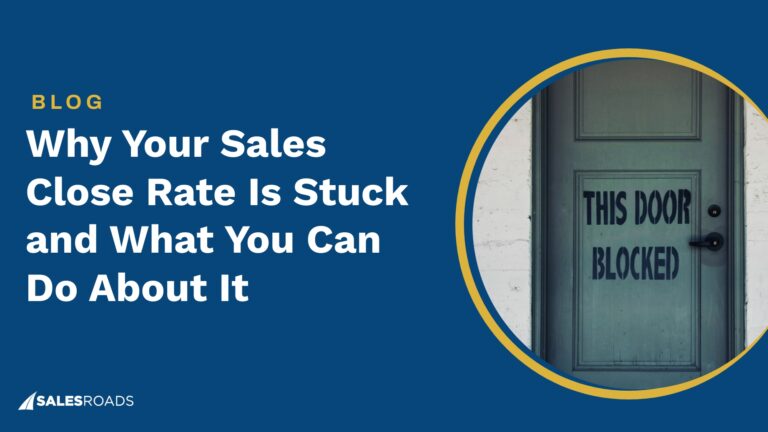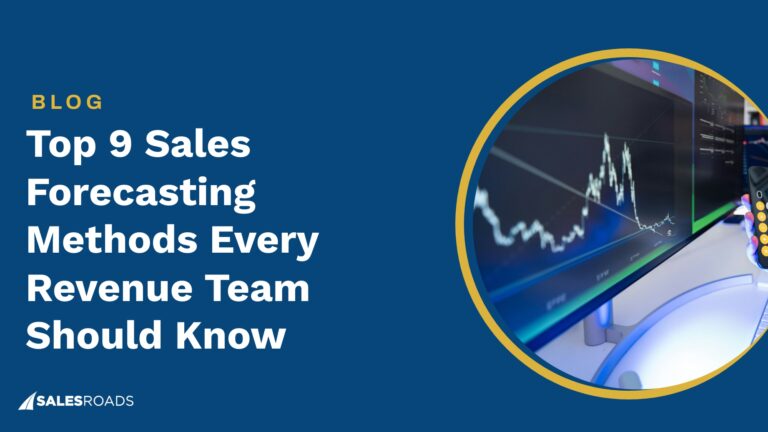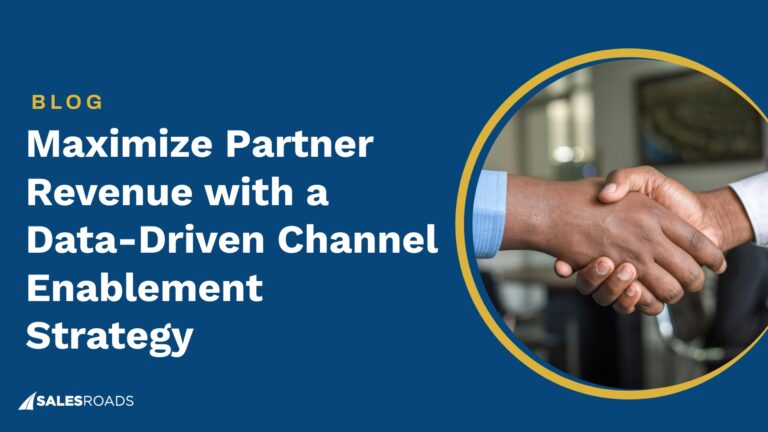In the B2B world, where complex solutions require personalized explanations, the effectiveness of cold calling is a constant debate. Businesses employ multiple sales tactics, from SEO and email campaigns to social selling and are skeptical of the effectiveness of cold calling.
But here’s a surprising fact: 57% of C-level and VP buyers prefer phone calls. This suggests that cold calling can still be a valuable tool when done strategically.
What Causes Companies to Underutilize Cold Calling?
The misconception that cold calling is ineffective often stems from a lack of proper execution in launching effective campaigns, setting achievable targets, and prioritizing the quality of leads over their quantity.
Let’s explore the underlying factors that might contribute to businesses not fully utilizing cold calling as part of their sales strategy.
“It’s hard to build a quality prospect list.”
The challenges associated with data quality significantly impact the efficacy of cold calling campaigns. Poor data quality results in calls that go nowhere, squandering time and demotivating sales teams.
In the U.S., such inefficiencies have led to substantial financial losses, with companies losing around $3.1 trillion annually. When sales calls are made to the wrong individuals, not only do these efforts fail to yield results, but they also potentially harm the company’s reputation. However, these obstacles can be overcome.
By adopting robust list-building strategies and ensuring data accuracy, businesses can improve the quality of their cold calling efforts, thereby enhancing both efficiency and brand perception.
“Cold calling isn’t cost-effective.”
Implementing a cold calling strategy requires considerable investment in resources like recruitment, training, and technology, often entailing substantial initial costs that can be particularly burdensome for smaller enterprises.
The process often involves numerous calls to establish contact with a suitable lead, and turning these leads into sales can be a complex task. This high frequency of calls might result in increased cost per acquisition (CPA), which demands efficient management to remain sustainable.
A practical solution for many businesses is to collaborate with a vendor specializing in your industry. This approach enables you to avoid the complexities associated with forming and managing an internal sales team, allowing you to promptly start generating revenue through the expertise of seasoned professionals.
“Cold calling can damage our reputation.”
When executed improperly, cold calls can feel invasive and disruptive, especially when reps use generic approaches that ignore the specific needs and interests of the prospect.
This lack of personalization and authenticity in cold calls can harm your brand reputation. Tactics that are overly aggressive, provide false information, or are simply unprofessional can leave a lasting negative impact from just one poorly handled call.
It’s crucial to invest in thorough training for your in-house sales team. Equipping them with the right skills and knowledge ensures they represent your brand effectively.
Alternatively, partnering with an external vendor who emphasizes brand representation and understands the importance of tailored, respectful outreach can also be a strategic move.
“We have to face high rejection rates.”
A study on sales follow-ups reveals a striking statistic: 44% of salespeople stop following up after just one attempt. Contrastingly, it often takes around four ‘no’ responses before a prospective customer eventually says ‘yes’.
Constantly hearing ‘no’ can erode your reps’ confidence and might deter them from persistent follow-up efforts. Yet, encountering rejection is a common aspect of the sales journey.
As David Kreiger, the founder of SalesRoads, says, the phone is the least-crowded channel in the lead generation arsenal, so hiding behind email doesn’t take your business so far:
Developing resilience and a thick skin in sales reps is crucial. Instead of taking rejections personally, they should be viewed as an opportunity for learning and improvement. Call listening can be an effective strategy. It allows reps to refine their sales approaches, drawing on practical insights from direct experiences.
In What Ways Cold Calling Can Be More Effective in Your B2B Mix?
When implemented with a strategic mindset, cold calling emerges as a potent tool for businesses. Roman Milyushkevich, chief sales officer at Scrape It Cloud, claims, “When done strategically, cold calling can be a sustainable and economic model that converts leads faster. It is a cheaper way to reach potential customers, build a personal connection, interact in real-time, answer queries, and analyze customer interest based on responses.”
It’s easier to reach niche audiences.
Targeting niche audiences, inherently smaller and more dispersed than larger market segments, poses a challenge through usual channels like traditional advertising or social media. Cold calling, on the other hand, offers the advantage of establishing a direct connection with these potential clients, particularly those not actively seeking out your products or services.
Especially in sectors like manufacturing or healthcare where decision-makers have specific requirements, cold calling enables a direct dialogue tailored to these distinct needs. This customized communication approach increases the relevance and engagement of the interaction, greatly boosting the chances of successful engagement.
It creates market awareness smoothly.
In scenarios where potential customers are unaware of solutions to their problems, other methods may not be effective. Cold calling steps in here, offering a direct way to introduce solutions they may not be aware of. Through cold calling, you can educate potential clients about the benefits of your product, igniting their interest.
In competitive markets, standing out can be a significant challenge. When market awareness is low, it’s like having a clean slate. This gives you the chance to thoroughly present your unique solutions and establish yourself as a thought leader or expert in your field.
It enables faster market penetration.
Cold calling differs from traditional inbound techniques that gradually raise awareness, as it lets you swiftly reach out to potential customers who are likely to benefit from your offerings. This focused method places your products or services directly before key decision-makers, potentially shortening the sales process.
When a cold call precisely addresses an urgent requirement, it can lead to instant engagement and may even culminate in an on-the-spot sale. Such quick conversions are instrumental in speeding up the early growth in sales for new products or services.
Moreover, a series of effective cold calls contributes to building momentum, with each successful call reinforcing early market acceptance and contributing to a narrative of validation for your product or service.
It allows you to customize solutions.
If your product needs to be tailored to specific customer requirements, cold calling enables a dynamic dialogue, offering an advantage over generic materials. This two-way communication facilitates a quicker progression through the sales cycle for bespoke products or services.
Through cold calling, you can engage in detailed discussions about tailor-made options, address any concerns in real time, and even negotiate terms immediately. This proactive and direct method can significantly shorten the time to reach a deal, as opposed to the slower processes of gathering quotes or proposals through conventional channels.
It’s painless to explain high-value, complex products.
For high-value, complex products that often feature intricate pricing and potential customer objections, inbound approaches may fall short. Understanding these products deeply is crucial for potential buyers.
Cold calling steps in as an effective solution, offering a platform for personalized discussions. It allows sales reps to thoroughly educate prospects about the features and benefits of the product, and how it addresses their unique needs and challenges.
By engaging in this manner, reps can directly address and alleviate concerns, providing a detailed and persuasive case, and potentially smoothing the path to closing a deal.
It helps you to fine-tune your sales strategy based on insights from call feedback.
Cold calling stands out from other methods by offering real-time feedback from potential customers. This immediate insight revealed through prospects’ reactions, hesitations, and queries, provides a level of feedback that can’t be matched by surveys or social analytics.
Call feedback enables a swift adaptation and refinement of lead generation strategies. Such nimbleness ensures that your sales efforts are more effectively aligned with your target audience’s preferences, ultimately leading to the attraction of more relevant and high-quality leads.
Bottom Line
Cold calling continues to secure large contracts and generate substantial revenue for companies, as highlighted in the advantages mentioned earlier. Yet, in the current sales environment, relying solely on one method isn’t enough.
Enhancing cold calling with a range of other sales tactics such as social selling, email marketing, and content creation is recommended for optimal outcomes.











